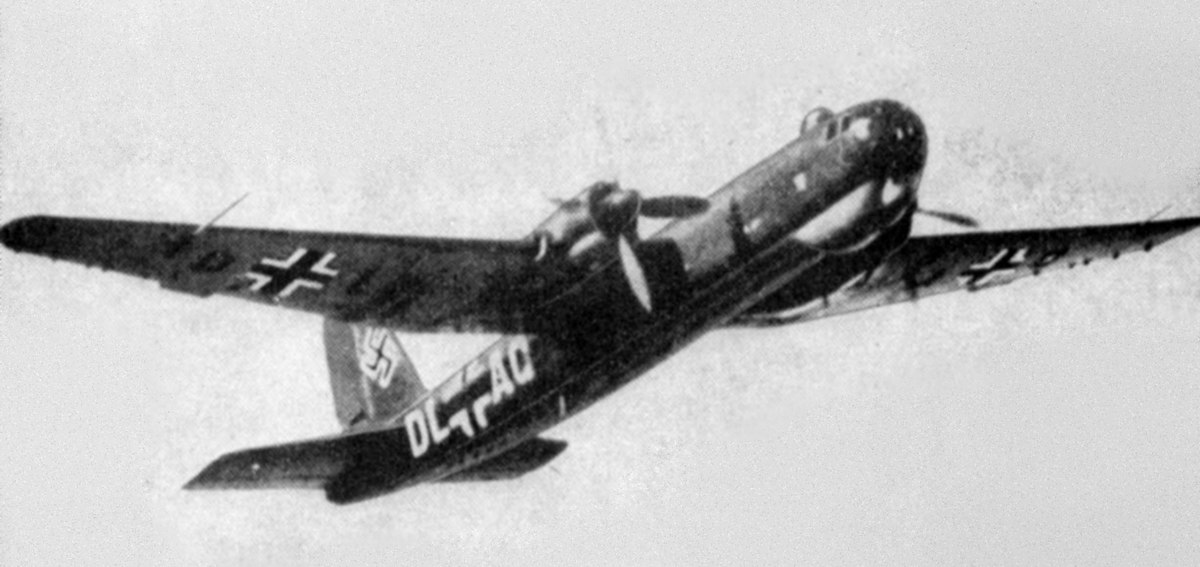Although I do not believe that one weapon system could make a difference, never the less; what effect would be on a more successful Heinkel HE 177 bomber.

 en.wikipedia.org
en.wikipedia.org
Let assume, due to some one , very high in the top of Nazi Germany, it is realised that the odd requirement of dive bombing did not make sense and above that , this high ranking official, ordered to build five more prototypes. This serie of prototypes with four individual engines. This engines would be the proven BMW 801- or Jumo 213E-,with an increase wing span and wing surface. This type would be as OTL He 177 B-6
This all took place in the prototype stage of this airplane between 1939 and 1942.
The He 177-B6 with its four separate engine version was much more reliable than the tandem engine version albeit increased drag of the four propellors and a slightly smaller payload.
In 1942, the production started of the He 177-B6
From January 1942 up to January 1943 more than 377 machines were build, nearly all used at the East front.
( OTL 130 A1 and 247 A3)

Heinkel He 177 Greif - Wikipedia
Let assume, due to some one , very high in the top of Nazi Germany, it is realised that the odd requirement of dive bombing did not make sense and above that , this high ranking official, ordered to build five more prototypes. This serie of prototypes with four individual engines. This engines would be the proven BMW 801- or Jumo 213E-,with an increase wing span and wing surface. This type would be as OTL He 177 B-6
This all took place in the prototype stage of this airplane between 1939 and 1942.
The He 177-B6 with its four separate engine version was much more reliable than the tandem engine version albeit increased drag of the four propellors and a slightly smaller payload.
In 1942, the production started of the He 177-B6
From January 1942 up to January 1943 more than 377 machines were build, nearly all used at the East front.
( OTL 130 A1 and 247 A3)
Last edited: